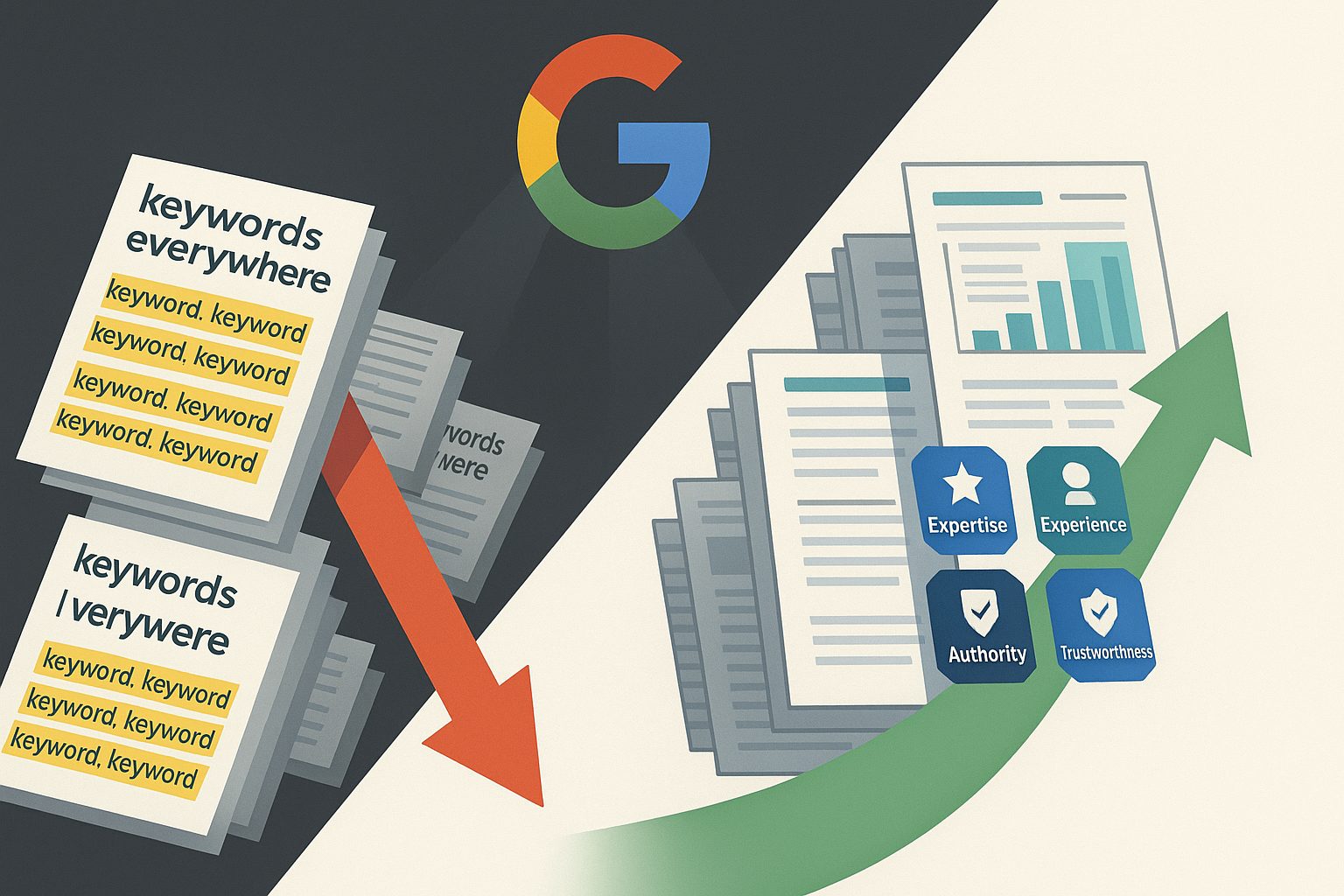- SEO
What is a 301 Redirect? (Complete Guide with Examples & SEO Tips)
08 Oct 2025
Quick Answer:
A 301 redirect is a permanent redirect from one URL to another. It tells browsers and search engines: “This page has moved permanently here’s the new address.”
For users, it means no broken links. For SEO, it means most of the ranking power (PageRank, backlinks, authority) from the old page gets passed to the new one.
This is one of the first things a good SEO agency will check during any migration or major site change.
1. What is a 301 Redirect?
A 301 redirect is an HTTP status code that signals a permanent change of address for a webpage.
For example:
- Old URL → https://example.com/old-page
- New URL → https://example.com/new-page
Anyone who clicks on or types in the old URL will automatically land on the new one. Search engines also update their index to reflect the new page.
It’s the web equivalent of setting up mail forwarding when you move house.
2. Why Use 301 Redirects?
301 redirects are essential for both user experience and SEO performance. Here’s why:
- Preserve search rankings: Link equity and PageRank transfer to the new page.
- Avoid broken links: Visitors won’t hit 404 errors.
- Consolidate duplicate content: Prevents keyword cannibalisation and helps with on-page optimisation.
- Support site migrations: Crucial when moving to a new domain or switching to HTTPS.
- Improve user experience: Keeps journeys smooth and consistent.
SEO tip: Always redirect to the most relevant page. Redirecting everything to your homepage confuses both users and search engines.
3. When Should You Use a 301 Redirect?
- Changing URLs
Example: /services-old → /services - Deleting old content
Redirect outdated blogs to updated resources. - Ecommerce product changes
Example: Discontinued product → replacement product. - Switching to HTTPS
Redirect http://example.com → https://example.com - Domain rebrands
Example: www.oldbrand.com → www.newbrand.com - Merging duplicate or similar content
Redirect /seo-tips and /seo-advice to one stronger page.
If you’re working with an SEO agency in Melbourne, redirects are usually one of the first technical SEO tips they’ll implement during a migration.
4. How to Set Up 301 Redirects?
The process depends on your CMS or server setup:
- WordPress → Use plugins like Redirection or Yoast SEO Premium.
- Shopify → Settings > Navigation > URL Redirects.
- Magento / Adobe Commerce → Marketing > SEO & Search > URL Rewrites.
Apache server (.htaccess file):
Redirect 301 /old-page /new-page
Nginx server:
rewrite ^/old-page$ /new-page permanent;
For large site migrations, always create a redirect map, a spreadsheet listing all old URLs and their new destinations. This keeps projects organised and avoids missed pages.
5. 301 Redirect Best Practices Checklist
- Always use 301 for permanent moves.
- Update your internal links to point directly to the new page.
- Remove redirected URLs from your sitemap.
- Avoid redirect chains (Page A → Page B → Page C). Redirect directly to the final URL.
- Test redirects with tools like Screaming Frog or Google Search Console.

6. Real-World Example: Site Migration
When one of our clients rebranded and moved from www.oldbrand.com to www.newbrand.com, we implemented over 1,500 redirects. Within three weeks, search rankings stabilised and traffic fully shifted to the new site.
Without 301 redirects, years of backlinks and SEO value would have been lost overnight
7. 301 vs 302 Redirect: What’s the Difference?
- 301 Redirect → Permanent. Passes SEO value.
- 302 Redirect → Temporary. Does not pass full SEO value.
Use 301 for permanent changes. Use 302 only for short-term campaigns (e.g., seasonal sales or holding pages).
8. Final Thoughts
A 301 redirect may look like a small technical step, but it plays a big role in on-page SEO and maintaining your site’s long-term visibility.
Whether you’re migrating a site, fixing old URLs, or consolidating content, 301 redirects make sure your visitors always land on the right page and your hard-earned SEO value isn’t wasted.
At DIGITXL, we provide SEO services that cover everything from on-page optimisation to large-scale migrations. If you’re looking for practical SEO tips or expert guidance from an SEO agency in Melbourne, we can help you implement redirects the right way.
9. FAQ
1. Does a 301 redirect hurt SEO?
No when done correctly, it helps. A 301 passes most of the old page’s SEO signals to the new page. Problems only occur if you create redirect chains, loops, or point to irrelevant content.
2. How long should I keep a 301 redirect?
Ideally, indefinitely. Google can process redirects for years, but removing them too early risks broken backlinks and lost traffic. For eCommerce, always keep redirects for discontinued products.
3. Do 301 redirects slow down my site?
A single 301 adds a tiny delay, but it’s almost unnoticeable. Issues arise when you create chains of redirects. Always point directly to the final destination to avoid slowdowns.
4. Can I redirect all old pages to my homepage?
Technically yes, but it’s a bad idea. Google often treats this as a “soft 404” because the content isn’t relevant. Always redirect to the most suitable page.
5. How can I check if my 301 redirects are working?
- Enter the old URL in your browser and it should go to the new page.
- Use tools like Google Search Console, Screaming Frog, or Ahrefs to check status codes.
- Browser extensions like Ayima Redirect Path can show redirects in real time.





